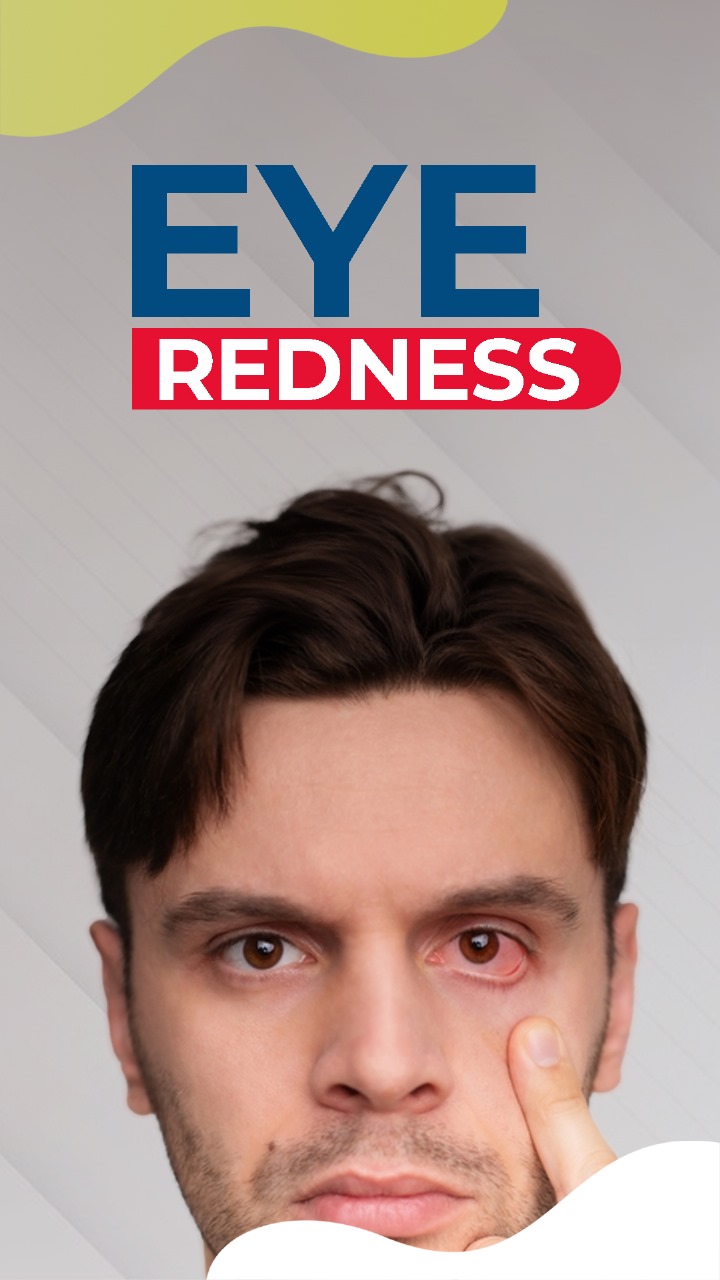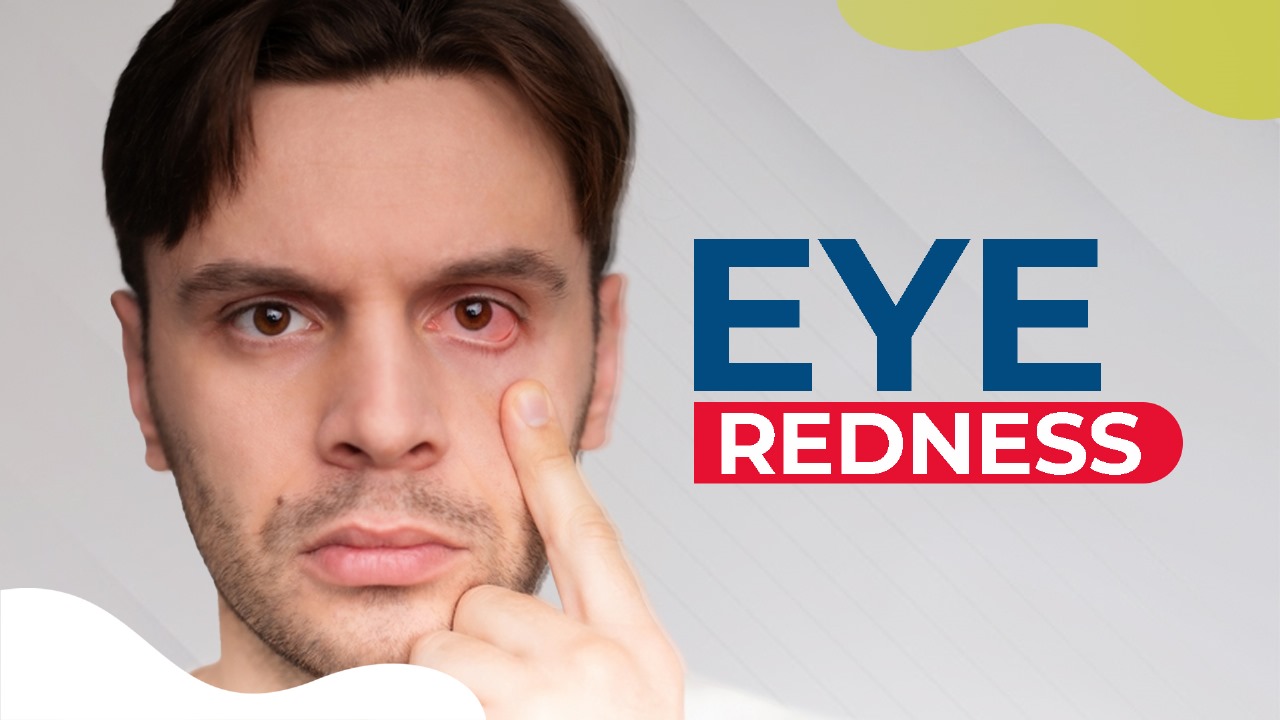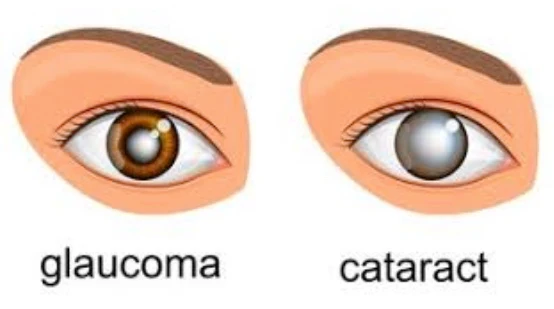

Difference between Glaucoma and Cataract: Understanding Eye Health
When it comes to eye health, two of the most common conditions that people hear about are glaucoma and cataracts. Both can significantly affect vision, but they are very different in terms of how they develop, their symptoms, and their treatments. In this blog, we’ll explore the difference between glaucoma and cataract, helping you understand these conditions better.
Causes and Risk Factors of Glaucoma vs. Cataract
| Feature | Glaucoma | Cataract |
|---|---|---|
| Definition | Glaucoma is an eye condition where increased pressure damages the optic nerve, leading to vision loss. This is the primary glaucoma vs cataracts difference. | Cataract is the clouding of the lens in the eye, which leads to blurry vision. Cataract and glaucoma difference is in how they affect the eye and vision. |
| Vision Impact | In glaucoma, vision loss typically starts at the edges (peripheral vision) and can progress to tunnel vision or blindness. | Cataracts cause blurry vision and clouding, making it hard to see clearly at all distances. This is a key glaucoma and cataract difference between them. |
What is Glaucoma? vs. What is Cataract?
| Feature | Causes & Risk Factors of Glaucoma | Causes & Risk Factors of Cataract |
|---|---|---|
| Causes | -Increased intraocular pressure due to improper fluid drainage -Age -Family history -Diabetes, high blood pressure | -Aging -Prolonged UV exposure -Eye injuries -Diabetes -Smoking -Long-term use of steroid medications |
| Risk Factors | -Older age -Ethnicity (higher risk in African, Asian, and Hispanic populations) -Family history -Thin corneas | -Age (especially over 60) -Family history of cataracts -Long-term exposure to sunlight -Eye injuries or surgeries |
Symptoms of Glaucoma vs. Symptoms of Cataract
| Feature | Symptoms of Glaucoma | Symptoms of Cataract |
|---|---|---|
| Symptoms | -Gradual loss of peripheral vision -Blurred vision -Eye pain -Halos around lights -Difficulty with glaucoma night vision | -Blurry or cloudy vision -Sensitivity to light -Difficulty seeing at night -Faded colors -Halos around lights |
| Key Symptom Difference | The glaucoma and cataract difference in symptoms is that glaucoma affects peripheral vision, while cataracts blur overall vision. | Cataracts primarily cause cloudy vision, while glaucoma gradually reduces peripheral vision. What are the symptoms of cataracts and glaucoma |
Types of Glaucoma vs. Types of Cataract
| Types of Glaucoma | Types of Cataract |
|---|---|
| Open Angle Glaucoma -: The most common type of glaucoma where the drainage canals of the eye become gradually blocked over time, leading to increased eye pressure. | Nuclear Cataract –: Forms in the center of the lens and is associated with aging. It causes a gradual hardening and yellowing of the lens. |
| Angle-Closure Glaucoma -: Occurs when the drainage angle between the iris and cornea suddenly closes, causing rapid pressure increase. This is an emergency and needs immediate attention. | Cortical Cataract –: Affects the outer edges of the lens, gradually moving inward, causing spokes or streaks. It leads to problems with glare and contrast. |
| Normal-Tension Glaucoma -: Damage to the optic nerve occurs despite normal intraocular pressure. The exact cause is unknown, but it is thought to be related to blood flow problems. | Posterior Subcapsular Cataract –: Develops at the back of the lens and is often associated with prolonged steroid use or diabetes. It significantly affects near vision. |
| Congenital Glaucoma -: A rare form that occurs in infants due to improper development of the eye’s drainage system. Early diagnosis and treatment are critical. | Congenital Cataract –: A rare type present at birth or early childhood, which can interfere with vision development if not treated early. |
| Secondary Glaucoma -: Develops due to another eye condition, injury, or medication, such as steroid-induced glaucoma. | Traumatic Cataract –: Develops after an eye injury, sometimes years after the trauma. It can occur in one or both eyes. |
Treatment for Glaucoma vs. Treatment for Cataract
| Feature | Glaucoma Treatment | Cataract Treatment |
|---|---|---|
| Treatment | -Eye drops to lower intraocular pressure -Laser therapy -Surgery in advanced cases. Vision loss in glaucoma vs cataracts is irreversible. | Cataract surgery replaces the cloudy lens with an artificial one. Surgery is safe and effective, restoring clear vision. Glaucoma and cataracts require different treatments |
Key Differences between Glaucoma and Cataract
While both glaucoma and cataracts impact vision, they do so in entirely different ways.
Impact on Vision
With glaucoma, vision loss usually starts with peripheral vision and progresses gradually. Cataracts, on the other hand, cause an overall clouding of vision, making it hard to see clearly at any distance.
Eye Pressure and Optic Nerve Damage
Glaucoma is characterized by increased eye pressure that damages the optic nerve, which can lead to irreversible vision loss. Cataracts, however, do not affect the optic nerve or eye pressure.
Reversibility of Vision Loss
One of the most significant differences between the two conditions is that cataract-induced vision loss can be restored with surgery. However, vision loss due to glaucoma is typically permanent, making early detection and treatment critical.

Prevention of Glaucoma and Cataracts
Regular Eye Examinations
Regular eye exams are the best way to detect both glaucoma and cataracts early. Eye specialists can measure intraocular pressure for glaucoma and examine the lens for early signs of cataracts.
Get regular eye checkups if you have a family history of glaucoma. Start eye checkups at age 40.
Lifestyle Changes for Eye Health
Simple lifestyle adjustments can protect your eyes from both conditions:
- Wearing UV-protective sunglasses
- Eating a healthy diet rich in antioxidants
- Avoiding smoking
- Managing health conditions like diabetes and hypertension
When to See an Eye Specialist
If you’re experiencing any vision changes, it’s essential to consult an eye specialist. Symptoms like cloudy vision, difficulty seeing at night, or peripheral vision loss could be early signs of glaucoma or cataracts. Early detection can help preserve your sight and improve your quality of life.
Conclusion
Understanding the difference between glaucoma and cataract can help you take better care of your eye health. While both conditions can impair your vision, they do so in different ways and require distinct treatments. If you’re wondering, “what are the symptoms of cataracts and glaucoma?” remember that cataracts cause cloudy vision, while glaucoma leads to peripheral vision loss. By staying proactive with regular eye check-ups and making healthy lifestyle choices, you can prevent or manage these eye conditions and maintain good vision for years to come.
Consult Dr Ruchika Arora , Cataract Specialist Eye doctor at Arora Eye Clinic in Thane for more more information.
Frequently Asked Questions
Glaucoma is a condition where increased eye pressure damages the optic nerve, leading to peripheral vision loss. Cataracts cause clouding of the eye’s lens, leading to blurry vision. While glaucoma leads to irreversible damage, cataracts can be treated and vision restored through surgery.
Yes, it is possible to have both glaucoma and cataracts. Glaucoma affects the optic nerve due to high eye pressure, while cataracts cause clouding of the lens. Both conditions are more common with aging.
Glaucoma is managed by lowering eye pressure, typically through prescription eye drops, laser therapy, or surgery, depending on the severity. Early detection is crucial to prevent permanent vision loss.
Cataracts are treated with surgery, where the cloudy lens is replaced with an artificial lens. Cataract surgery is one of the safest and most effective procedures to restore vision.
Glaucoma often causes a gradual loss of peripheral vision, eye pain, and difficulty seeing in low light. Cataracts cause blurry vision, sensitivity to light, and trouble seeing at night.
Yes, glaucoma night vision issues are common, especially in low light. Peripheral vision loss makes it harder to see in dark environments.
Unfortunately, any vision lost due to glaucoma is permanent, which is why early detection and treatment are so important. Regular eye check-ups are essential for those at risk.
While cataracts are largely related to aging, wearing UV-protective sunglasses, maintaining a healthy diet, and avoiding smoking can reduce the risk of developing cataracts.
It’s recommended to start regular eye exams after the age of 40, especially if you have a family history of eye diseases. Early detection is key for both glaucoma and cataracts.
Only an eye specialist can diagnose whether you have glaucoma or cataracts through specific tests. If you experience vision changes, such as blurry vision, halos around lights, or peripheral vision loss, consult an eye doctor immediately.
